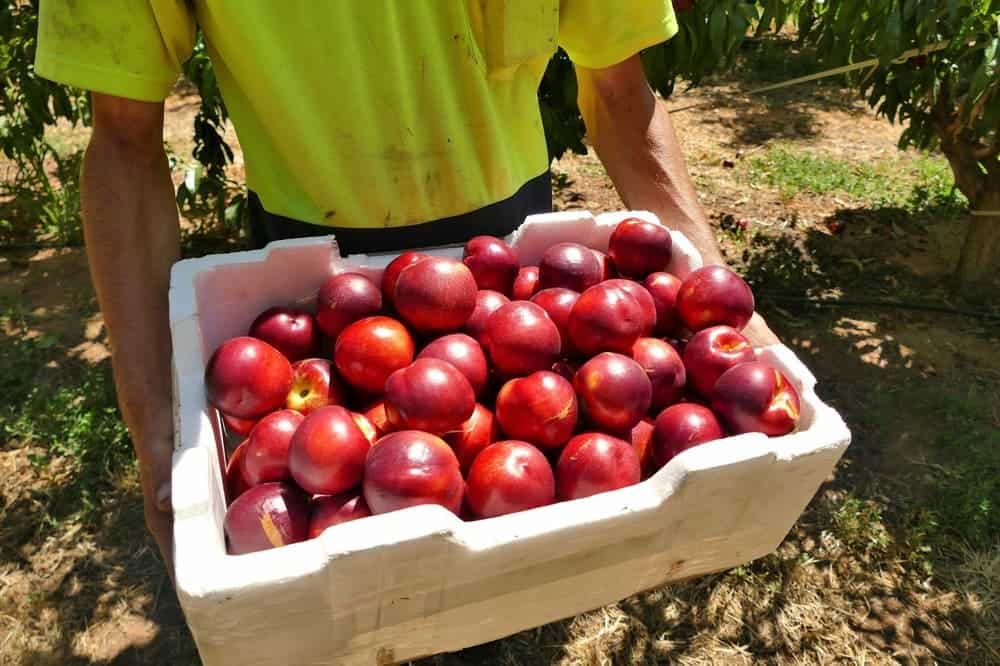Why There is a Labour Shortage on Australian Farms
The labour shortage on Australian farms, especially in the horticultural sector, is causing concern. Farm owners and managers are worried that there will be a detrimental impact on harvesting which begins as early as March for some fruit and vegetables.
The problem is especially severe on larger farms that have more reliance on workers from abroad. So, what has caused the shortage of labour on Australian farms? Taking a closer look shows us that several factors have converged to cause the problem.
Key points
- The labour shortage on Australian farms, especially in the horticultural sector, is causing concern.
- The Australian border closers that accompanied the global pandemic led to a 12% decrease in the horticultural labour force between the pre-pandemic period July 2019–March 2020 and the period July 2020–March 2021.
- Incentives also failed to attract domestic workers to the industry.
- The Australian government has introduced an incentive to encourage young people to the country for a working holiday that allows them to get a refund on the cost of their visa.
Border closers lead to a decrease in workers from abroad
The Australian border closers that accompanied the global pandemic led to a 12% decrease in the horticultural labour force between the pre-pandemic period July 2019–March 2020 and the period July 2020–March 2021. These figures are according to ABARES. It’s important to note that the figures cover the entire sector and larger farms experienced more pronounced problems.
The number of working backpackers who normally make up around 40% of the horticultural workforce fell by 26%. This was less than the overall reduction in the number of backpackers which fell from around 140,000 when borders were closed to 40,000 in March 2021.
The reason for the discrepancy is that financial incentives were offered to the backpackers who remained in the country to persuade them to work on farms. COVD-19 restrictions also caused more issues with the availability of city jobs than it did for farm jobs. So, for those people who wanted to work, farm labour was more readily available.
The reduction in Pacific Australia Labour Mobility (PALM) workers was less than that for backpackers, at 9%, hence the overall 12% decrease in the horticultural labour force.
Interestingly, despite incentives that were put in place, the number of native Australian workers on farms remained steady throughout the period of pandemic border restrictions. So, it was not possible to make up the labour shortfall.
This lack of interest in farm work by many Australians is the main reason the country is so reliant on workers from overseas. Hence, it’s also the reason the blocks on people entering Australia had such a substantial effect on the farming sector, especially horticulture.
Surge in Omicron cases has caused more problems
In December 2021, the Australian border restrictions were lifted for vaccinated travellers. This led to a feeling of relief in the farming industry. However, more problems lay ahead. A surge in the COVID-19 omicron variant meant that many workers in the industry were required to self-isolate. This resulted in further labour shortages.
The issue did not just affect the farming sector. Every industry suffered shortages at this time so there was competition for travellers who arrived in the country on a working holiday visa. This limited the amount of people who took up the opportunity to work on Australian farms.
Incentive to international visa holders aims to address labour problem
It’s worth noting that the number of young people who have applied for and received a working holiday visa since the border opened is relatively low, at around 23,500. This is not a sufficient number of arrivals to address the current labour shortfall in industries such as farming.
The Australian government is encouraging people from qualifying countries to apply for one of these visas. They have also introduced an incentive, starting from 19 January 2022 for 12 weeks. For this period, anyone arriving on one of these visas will be able to have the fee of AUS$495 refunded. The cost of this to the government is expected to be around AUS$55 million.
The government hopes this will increase the number of young people arriving in Australia for a working holiday, although they may not begin their required 88 days of work immediately. So, it may take some time for the lack of seasonal workers in the farming industry to ease. However, the farming industry can take some comfort from the fact that at least some action is being taken.
In the longer term, it would seem that more efforts will need to be made to attract domestic workers to the industry.
2 - 2Shares


